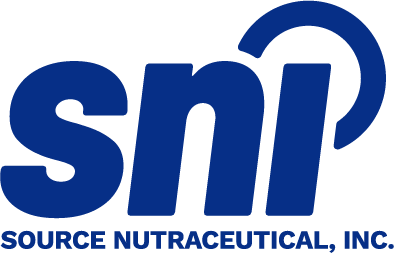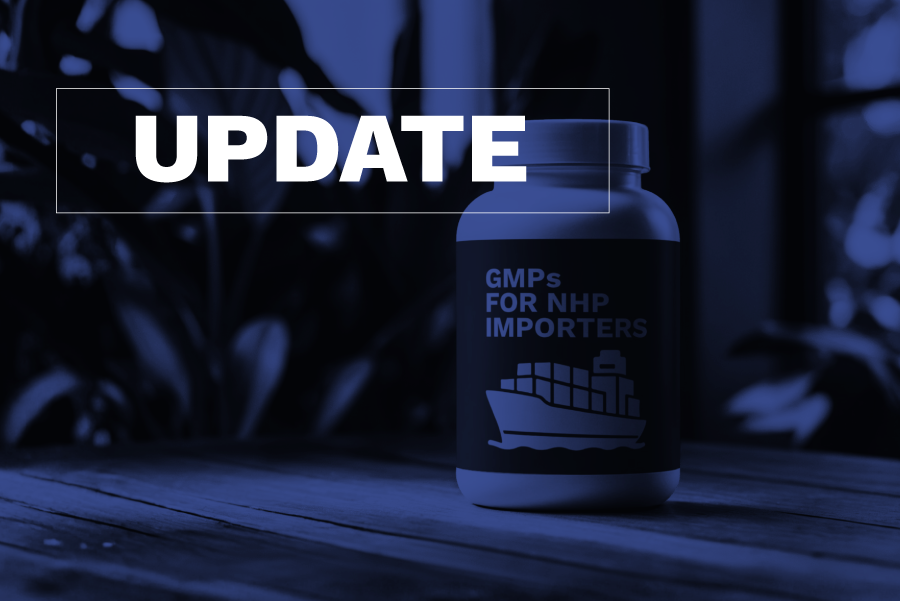A New Era of GMP Accountability for Natural Health Products
When Health Canada released Version 4.0 of the Good manufacturing practices guide for natural health products (GUI-0158) on September 4, 2025, it marked the first major revision of good manufacturing practices (GMP) expectations in a decade. The new guide, which will become enforceable on March 4, 2026, following a six-month transition period, does much more than update the language and structure of the previous document. It completely redefines how Natural Health Products (NHPs) are regulated in Canada by shifting the focus from procedural compliance to full-scale quality system accountability throughout the global supply chain.
For importers and site licence holders, the changes are significant. It is no longer enough to confirm that a foreign manufacturer claims to meet GMP requirements. Canadian importers must now prove compliance through documented systems, validated data, and demonstrable oversight that can withstand Health Canada scrutiny.
Please note that this article is intended for general informational purposes only. If you have specific questions about GMP requirements for Natural Health Product importation, we encourage you to contact our Regulatory team. At SNI, our specialists provide tailored support in NHP and site licensing compliance to help businesses navigate Health Canada’s evolving requirements with confidence. This article is not legal advice, and readers should always consult official Health Canada publications to ensure full regulatory compliance.
The Expanding Role of Importers Under GMP Version 4.0
Under the Natural Health Products Regulations, any company that manufactures, packages, labels, or imports NHPs for sale in Canada must hold a site licence. Historically, importers could satisfy Health Canada requirements by providing limited documentation or attestations from foreign partners confirming GMP compliance. Version 4.0 eliminates this approach entirely.

Health Canada now expects importers to operate as active quality partners, responsible not only for verifying foreign GMP compliance, but also for integrating those controls within a Canadian-based Quality Management System (QMS). Importers must now demonstrate continuous oversight of every GMP-related function, including manufacturing, testing, storage, transportation, and sale within Canada.
This represents a clear shift in regulatory philosophy. Accountability for product quality now extends across borders, and importers are fully responsible for the integrity of their global supply chains. Failure to meet these expectations puts the Canadian importer’s site licence at jeopardy.
Building a Compliant Quality Management System (QMS)
One of the most important updates in Version 4.0 is the formalization of the requirement for a QMS. Every licensed site, including importers, must maintain a documented system that governs how quality decisions are made, reviewed, and approved.

This system must include a quality manual, defined responsibilities, documented management reviews, and an established framework for continual improvement. It must also incorporate Quality Risk Management (QRM) principles, such as HACCP or FMEA, to identify, assess, and control product risks.

Importers are now required to show that senior management is not only aware of quality activities but are also actively engaged in them. Leadership accountability has been formalized. Executives must ensure appropriate resources are in place, monitor system performance, and confirm that corrective actions are completed on schedule.
For smaller importers, this may require cultural and structural adjustments. However, Health Canada has made it clear that scalability does not excuse failure to meet compliance. Even smaller organizations must have a functioning quality manual and evidence of management oversight available for inspection.
Demonstrating GMP Equivalence at Foreign Sites
Perhaps the most consequential change for importers is the requirement to maintain documented proof that all foreign sites meet Canadian-equivalent GMP standards. Reliance on supplier attestations or certificates without supporting evidence will no longer be accepted.

Importers must maintain a detailed evidence package for each foreign partner, which can include audit reports, inspection certificates from qualified authorities, quality agreements, and records of supplier monitoring or requalification.

Quality agreements must clearly define each party’s responsibilities for recordkeeping, complaint investigations, deviation handling, and recalls. The Foreign Site Reference Number (FSRN) process may still be used to streamline submissions to Health Canada, but it does not replace the importer’s duty to verify compliance through active oversight.
This new level of scrutiny aligns Canada more closely with pharmaceutical expectations. It also increases importer liability. Any compliance issue identified at a foreign site can result in enforcement action in Canada, such as a stop-sale order or suspension of the importer’s site licence.
Oversight of Warehousing, Distribution, and 3PL Partners
The updated GMP framework broadens its scope to include warehouses, distributors, third-party logistics providers (3PL’s), and e-commerce operations, all of which are now formally recognized as part of the GMP supply chain and must operate in full compliance with the applicable requirements.

Importers are responsible for verifying that every domestic partner handling NHPs maintains effective systems for environmental control, sanitation, pest management, and temperature and humidity monitoring. Critical equipment such as refrigerators, freezers, and lifts must be properly qualified, calibrated, and maintained in accordance with GMP expectations.

To meet these obligations, importers must establish written quality agreements with all logistics and distribution partners and perform periodic audits to confirm that storage and transportation practices align with Health Canada’s standards. Oversight of these activities must be documented and readily available for inspection.
Health Canada holds the site licence holder, rather than the third party, accountable for compliance. Any violations or deficiencies identified at a contracted warehouse, distributor, or third-party logistics provider will be treated as a direct non-compliance of the importer’s site licence, even if the importer does not have direct operational control over that partner’s activities. This reinforces the need for clear contracts, consistent monitoring, and strong quality governance across the entire supply chain.
Validation, Testing, and Stability Requirements Under Version 4.0
Version 4.0 introduces stronger expectations for validation and product testing, bringing Natural Health Product oversight into closer alignment with pharmaceutical standards.
Validation of Manufacturing and Analytical Methods
Importers are required to verify that all critical manufacturing, packaging, and testing processes performed at foreign sites are validated to demonstrate reproducibility, consistency, and control. Analytical methods must also be validated in accordance with ICH and pharmacopeial guidance to ensure accuracy and reliability.
Real-Time Stability and Expiry Dating
Real-time stability studies are now mandatory to support expiry dating. While accelerated stability data may still be used to establish preliminary shelf life, ongoing real-time stability programs must be maintained for all marketed products. At least one commercial batch should be placed on real-time stability to confirm that the product maintains its quality throughout its intended shelf life.
Retention Samples: Quantity, Storage, and Record-Keeping
Retention samples must be adequate in quantity to allow for both internal and external testing. This ensures that a portion of each lot remains available if Health Canada requests an independent analysis during an inspection, complaint investigation, or compliance review. There must always be enough material to perform internal quality investigations, such as identity, potency, purity, or microbiological testing, while maintaining additional samples for regulatory verification if required. It is generally recommended that at least one complete, fully packaged unit of the finished product be retained for each lot released for sale in Canada. The retained unit should be representative of the product exactly as it appears on the market, including the final label, container, and closure system, so that packaging integrity, labelling accuracy, and presentation can be confirmed if necessary.
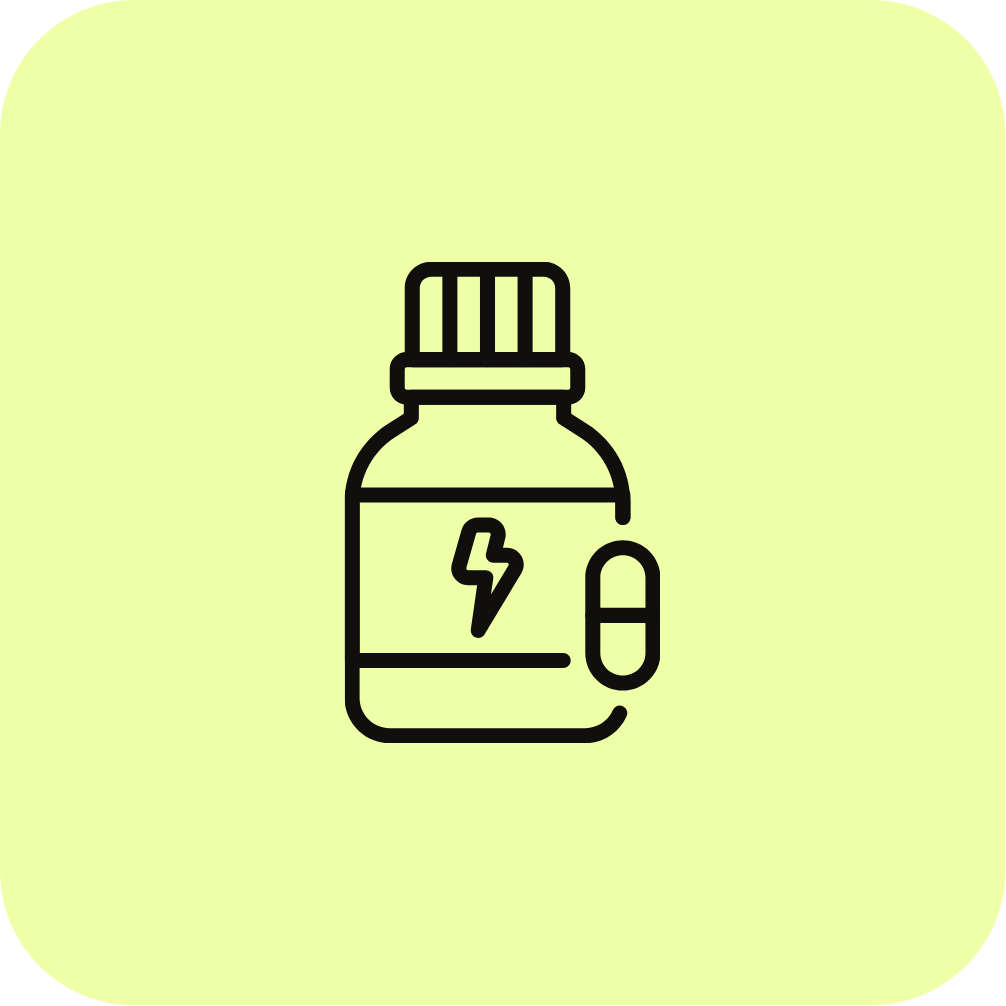
Samples must be stored under conditions consistent with the product’s labelled storage requirements to preserve stability and ensure the reliability of any future testing. For example, refrigerated products must be maintained under temperature-controlled conditions, while room-temperature products should be stored under equivalent ambient conditions. Under Health Canada’s GMP expectations, retention samples must be kept for at least one (1) year beyond the expiry date of the corresponding lot unless otherwise justified. For products that do not carry expiry dating, the retention period should be at least three (3) years from the date of manufacture or as defined within the company’s quality management system.
Together, these validation, stability, and retention requirements form the foundation of Health Canada’s modernized approach to product quality assurance. They ensure that every Natural Health Product (NHP) released for sale can be scientifically justified, consistently reproduced, and verified long after it reaches the market. For importers, maintaining validated processes, robust stability programs, and compliant retention practices is not only a regulatory obligation but also an essential demonstration of product integrity, consumer protection, and ongoing commitment to GMP excellence.
Record-Keeping, Documentation, and Data Integrity
Health Canada has placed significant emphasis on data integrity and accessibility. Importers must ensure that all GMP records, including those generated at foreign sites, meet the ALCOA principles: attributable, legible, contemporaneous, original, and accurate.

All records must be available in English or French, supported by certified translations or affidavits where required. This applies to all GMP-related documentation, including audit reports, batch records, and quality agreements.

Electronic systems used to manage GMP data must be validated, with audit trails, access controls, and backup processes in place. Electronic signatures must be uniquely assigned, traceable to the individual user, and supported by written procedures that define their authorization and use.
These requirements mean importers will need more robust document control systems and greater coordination with foreign partners to ensure consistent data management and translation practices.
CAPA, Deviation Management, and Continuous Quality Improvement
The new GMP guide also establishes clearer expectations for Corrective and Preventive Action (CAPA) systems and deviation management. Importers must maintain written procedures that describe how deviations are identified, investigated, and trended, and how corrective and preventive actions are determined, implemented, and verified for effectiveness. These procedures should outline clear timelines, responsibilities, and documentation requirements to ensure accountability and traceability throughout the process. Effective root cause analysis is essential and should rely on structured tools, such as the “5 Whys” or fishbone diagrams, to identify and address systemic issues rather than surface-level symptoms.

Incomplete or delayed CAPA responses will now be classified as higher-risk findings during inspection. To prevent this, importers should maintain a centralized CAPA log or database that allows for trending and proactive analysis of deviations, ensuring that recurring issues are identified and addressed early. Health Canada also expects importers to perform internal self-inspections at regular intervals to verify ongoing compliance and evaluate CAPA effectiveness. These self-inspections should be risk-based, focusing on areas such as supplier oversight, documentation control, testing, and data integrity. Results must be reviewed during management meetings, where leadership is responsible for prioritizing actions and allocating resources to address findings promptly.
This approach reflects a broader shift toward continuous quality governance, where lessons learned through deviations and inspections are fed back into procedural updates, staff training, and supplier management. Compliance is no longer demonstrated only at renewal or inspection but maintained through an active, data-driven quality system that supports ongoing improvement, operational consistency, and stronger regulatory confidence in the importer’s oversight practices.
Recall Readiness and Risk-Based Preparedness
Importers must maintain a written and tested recall system. Mock recalls must be conducted periodically to verify that the system functions effectively and that affected batches can be traced and retrieved without delay.
Because importers are typically considered the Canadian legal manufacturer of record, they are ultimately responsible for coordinating all recalls, even when the manufacturing or testing activities occurred outside of Canada. Quality agreements must clearly specify recall responsibilities and communication protocols among all involved parties.
Special Considerations for Sterile and Ophthalmic NHPs
The revised guide also includes dedicated sections for sterile and ophthalmic NHPs, which now fall under requirements that align more closely with pharmaceutical manufacturing.

For sterile NHPs, the updated GMP guide specifies that manufacturing and packaging must take place in controlled environments using validated sterilization processes, under the supervision of personnel trained in microbiology. Health Canada has confirmed its adoption of the Pharmaceutical Inspection Co-operation Scheme (PIC/S) guidance on the manufacture of sterile medicinal products, aligning sterile NHP oversight with internationally recognized aseptic standards.
Ophthalmic NHPs are also identified in the guide as a higher-risk category requiring additional process validation and sterility assurance controls. While not explicitly subject to PIC/S Annex 1, these products are expected to meet standards consistent with sterile manufacturing practices to prevent microbial contamination and ensure product safety. Importers handling sterile or ophthalmic NHPs must therefore verify that their foreign manufacturing partners can provide complete validation data, sterilization process records, and evidence of aseptic operations as part of their GMP compliance documentation.
Preparing for the March 2026 Enforcement Date
Health Canada has provided a six-month transition window for industry to align with the new GMP requirements. Importers should take advantage of this period to review, revise, and reinforce their systems.

The process begins with a comprehensive gap assessment to compare existing practices against the updated expectations in Version 4.0. This should include a review of supplier documentation, quality agreements, stability data, and internal training programs. Gaps should be prioritized based on regulatory risk and potential product impact.
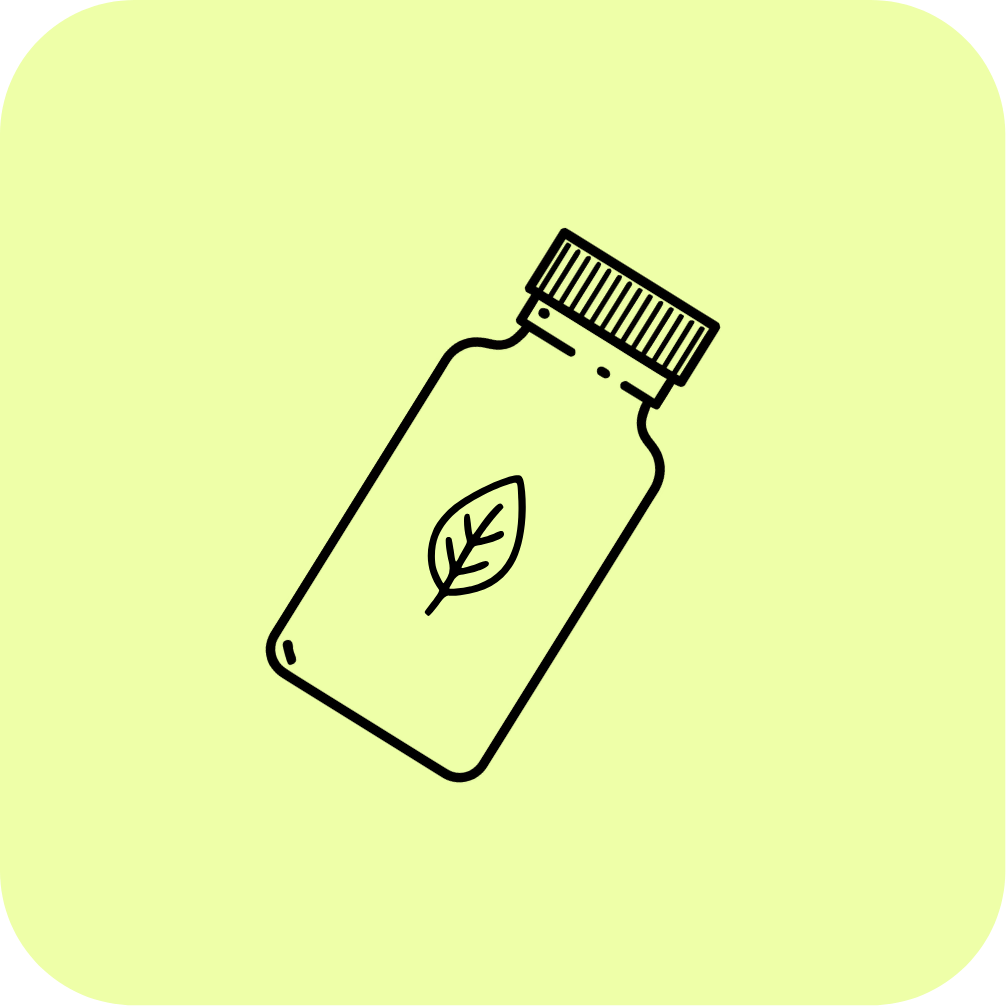
Once the assessment is complete, importers should focus on implementation. Standard operating procedures must be updated to cover deviation handling, CAPA, data integrity, and recall procedures. Supplier audits should be scheduled to confirm GMP equivalence and to renew quality agreements where necessary.
Before the enforcement date, importers should perform internal audits and mock recalls to test their readiness. Senior management should participate in these exercises to demonstrate oversight and commitment to continuous improvement.
Final Remarks
Version 4.0 of Health Canada’s Good manufacturing practices guide for natural health products (GUI-0158) represents a fundamental shift in the way importers and site licence holders must operate. The new guidance strengthens expectations across every stage of the supply chain and positions importers as key quality gatekeepers rather than administrative intermediaries.
By implementing a structured QMS, verifying foreign GMP equivalence, validating data integrity systems, and maintaining active oversight of all partners, Canadian importers can not only ensure compliance but also build trust and resilience within their operations.
Health Canada’s modernized framework reflects a maturing industry that is expected to meet pharmaceutical-grade standards of governance and transparency. Early preparation and strong quality partnerships will help importers navigate this transition confidently and maintain uninterrupted market access when the new requirements come into force on March 4, 2026.
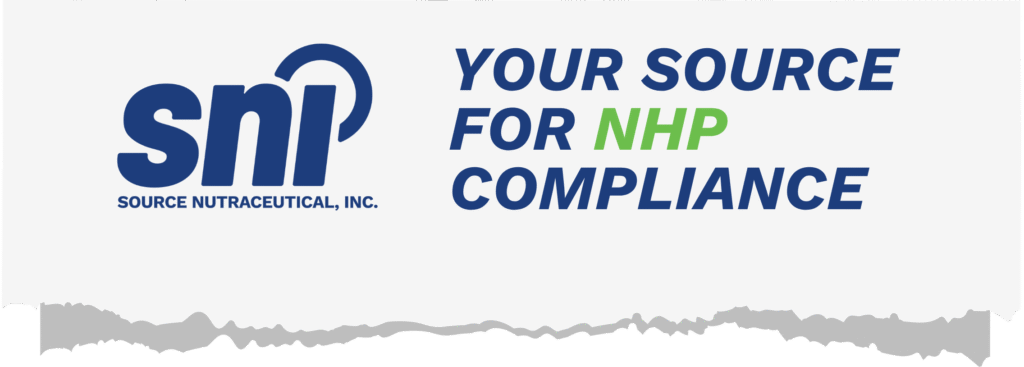
GMP Support for Natural Health Products
Meeting Health Canada’s updated GMP expectations requires more than compliance checklists. It takes strategy, expertise, and a deep understanding of GUI-0158 Version 4.0.
At SNI, our Regulatory Affairs team helps importers and site licence holders strengthen their quality systems and stay inspection-ready. We provide practical support for gap assessments, SOP development, supplier qualification, and audit preparation.
💊 More about our services here.
💡 Compliance is easy with the right support!
📩 info@sourcenutra.com
⬇️ Send us a request for support or an introductory call
FAQ
When does Version 4.0 of the GMP guide take effect, and what happens during the transition period?
Version 4.0 was published on September 4, 2025, and will come into force on March 4, 2026. Health Canada has provided a six-month transition period to give companies time to align with the new requirements. During this period, importers and site licence holders are encouraged to adopt Version 4.0, but Version 3 may continue to be used until enforcement begins. After March 4, 2026, only Version 4.0 will apply, and Version 3 will no longer be accepted.
Do Canadian importers of Natural Health Products need a site licence?
Yes. Under the Natural Health Products Regulations, any person who imports, manufactures, packages, or labels an NHP for sale in Canada must hold a valid site licence. The site licence holder is legally responsible for ensuring that all activities, including those performed by foreign partners or contractors, meet the GMP requirements set out in Part 3 of the Regulations.
What evidence must importers maintain to show that foreign sites comply with Canadian GMP standards?
Importers must be able to demonstrate that every foreign manufacturer, packager, labeller, or testing facility involved in their products operates in compliance with Canadian-equivalent GMP standards. Acceptable evidence includes audit reports, GMP certificates from qualified regulatory authorities, signed quality agreements, and records of supplier monitoring and qualification. Importers are accountable for ensuring that this evidence is complete, current, and available for Health Canada review upon request.
How long must retention samples and records be kept under the new GMP requirements?
Retention samples must be stored under the same environmental conditions stated on the product label to ensure ongoing stability and accuracy if testing becomes necessary. Samples must be retained for at least one year past the product’s expiry date. For products without expiry dating, samples should be kept for a minimum of three years from the date of manufacture or according to the company’s quality management procedures. Importers must also keep related GMP records, including master production documents, specifications, test results, and sanitation records, for the same period or longer if required by Health Canada.
What are the new expectations for Corrective and Preventive Action (CAPA) and continuous improvement?
Version 4.0 introduces clearer expectations for how companies identify, investigate, and resolve quality issues. Importers must have written procedures for managing deviations, documenting investigations, and implementing corrective and preventive actions that address root causes rather than symptoms. Internal self-inspections must be conducted at planned intervals, with findings reviewed by senior management. The results should be used to update procedures, training, and supplier oversight activities. This approach reinforces continuous quality improvement and ensures that compliance is maintained as part of everyday operations rather than demonstrated only during inspections or renewals.
✷ The content on this website, including information presented in this post, is provided for general informational purposes only and does not constitute legal, regulatory, or professional advice. While efforts are made to ensure accuracy, laws and regulations vary by jurisdiction and may change over time. Readers should not rely on this information as a substitute for advice from qualified legal or regulatory professionals. We disclaim any liability for actions taken based on this content, and users are encouraged to seek guidance specific to their circumstances.
